Dear Editor,
I read with considerable interest John P. Sinnot’s article in the October 2000 issue of Military Heritage concerning the French and Indian War, here especially about General Braddock’s march on Fort Duquesne. I’d like to add an interesting aspect that was not mentioned in the article: Sinnot simply writes (on page 43): “In the course of the battle, Braddock was seriously wounded by a round …” But he doesn’t mention who wounded the British General! Although there is no proof concerning exactly who shot at Braddock, there are convincing rumors that he was killed by an American frontiersman named Fawcett who belonged to the American provincials. It is said that Fawcett fired at Braddock in revenge for the killing of his brother by Redcoats. To underline this aspect, I’d like to quote young George Washington, who wrote about this part of the battle: The regular English privates were so “struck with such a deadly panic”that most of the human forms dropping around “received their shots from our own cowardly English soldiers who gathered themselves into a body, contrary to orders, ten or twelve deep, would then level, fire, and shoot down the men before them.” While Washington was pleased to see the American provincials immediately hiding themselves to counterattack in exactly the same way they were attacked by the French courreurs and Indians, and while he offered Braddock “to head the provincials and engage the enemy in their own way,” he also noticed with outrage that a British officer rode over to the Americans and ordered them back into the seething center of the road. Washington assumed that the Briton, “from the unusual appearance of the movement” of the provincials, had mistaken it “for cowardice and a running away.”
Sincerely,
J.-T. Goeller
Washington, D.C.
The Gladius
Dear Editor,
I have subscribed to Military Heritage since the first issue and it is usually a great magazine. Even so, the August 2000 issue was exceptional. The article on the gladius was the best I’ve read in a very long time. I would love more like it.
I work in Manchester, Vermont and live 18 miles away so the “Campaign to Saratoga” was of great interest and the superb articles just kept coming.
Great job.
Wendell Coleman
South Londonderry, Vermont
Dear Steve Weingartner,
Having just read your article on the gladius, for the fourth time, in Military Heritage, August 2000, I am now passing it on to an older friend who studies military history. My congratulations on the quality of your research, the information contained therein, and the strength of your good use of the language.
Keep it up!
The descriptions of the weapons, training, organization, and changing tactics of the Romans are superb.
As I see your name on the list of contributors, I shall look for future articles by you.
Yours sincerely,
John Edwards
Movie Trivia
Dear Sir,
I have a bit of trivia to add to Richard L. Hayes’ excellent article “Movies at War,” in the October 2000 issue of Military Heritage.
Although he didn’t get to Hollywood until after the war, a star who portrayed an 82nd Airborne trooper in The Longest Day actually was an 82nd Airborne trooper who made the night drop on the night of June 5-6, 1944. In fact, he recreated on screen what actually happened to him that night. His name? Red Buttons.
Sincerely,
C.F. Eckhardt
Austerlitz Appreciation
To whom it may concern,
I commend you for the following two articles in your August 2000 publication. “Maneuvering Toward Destiny at Austerlitz” was absolutely fantastic. I was unable to put the magazine down until I had finished the article. I especially appreciated Napoleon’s views of the battle tatics and strategy.
“Pious Warriors” was excellent also and provided a brief history of Knights Hospitallers. I encourage you to continue to publish articles such as these.
Sincerely,
George A. Scholf
Newburgh, N.Y.
Dear Editor,
The August 2000 issue was genuinely welcomed by me. The contents were excellent and diverse. Even your ads are eagerly devoured.
Being a Napoleonic buff and a member of the Napoleonic Society of America, I quickly turned to Frank Quinn’s outstanding article, “Maneuvering Toward Destiny at Austerlitz.”
I wasn’t disappointed. However, I noted one error on page 73. The listing of photos of participants in the battle should have read: Top: French Marshal Soult; Middle: Russian Marshal Kutusov; and Bottom: French Marshal Bernadotte. The pictures of Soult and Kutsov were switched.
Having read Military Heritage from the beginning, it was difficult to be brief when raving about this great magazine. Don’t change your format one iota!
Sincerely,
Eugene P. O’Brien
Disaster at Saratoga
Dear Editor,
The “Disaster at Saratoga” article by Mike Phifer was not as informative as it could be.
For one thing, it omitted one principle character, Colonel Tadeuz Kosciuszko, who as General Gates’s engineering officer prepared the battlefield. (Incidentally, General
Kosciuszko, graduate of Mézière’s artillery and engineeering school, could have three side bars: one concerning his request that his Revolutionary War bonus be used to free slaves, one on his defense of the Polish Constitution of May 3, 1797, and a third on his refusal to help Napoleon Bonaparte.)
Also ignored was the military career of General Arthur St. Clair. General St. Clair later would lead the U.S. Army into its 1791 defeat by Native Americans. This defeat was the only time the entire U.S. Army was defeated. The other significant U.S. Army Indian Wars defeat was at the Little Big Horn.
Sincerely,
William H. Mentzer
Castles in the Air
Sir,
Your plaintive editorial in the August 2000 issue about the lack of castles to mark our wars contained two good reasons for that lack: First, the victors smashed them into sand and, second, castles fire too many imaginations in too many ways.
I led an attack on Frenzerburg Castle in WWII. It was not a Gothic gem, but it did have a moat and it was called a castle. But it turned out there was a big difference between German information and American documents. Everyone in the 9th Infantry Division has a tale of their involvement.
I, with a sergeant, made the initial assault and eventually about a squad of our men drifted into the barns [on the castle grounds] that the sergeant and I held. Because they were unable to get reinforcement to me, they proceeded to level the castle with artillery. Today the barns are essentially as they were in November 1944, but the castle has been plowed under, the moats filled, and it is no longer called a castle.
After getting my opponents’ statements, I find that the Germans lie like Americans. As I say in my account of the battle, if it had been called the Frenzerburg Hog Farm, no one would ever have heard of it.
Sincerely,
Chester H. Jordan
Baton Rouge, La.
Dear Editor,
During my long flight back from Auckland-Waiheke Island-Rangitoo Island-New Zealand, I read the September 2000 issue of Military Heritage. What a great way to spend time on an airplane. I enjoyed the write-up on Pancho Villa and his rebels. I see Pancho had taken advantage of using guerrilla warfare by hiding in the Chihuahua Hills. General John J. “Black Jack” Pershing was one of the greatest intellects in war strategies and I wasn’t surprised that he used good air support via the Flying Jennies to get his job done. What a brilliant strategist General Pershing was. Thank you for this great article!
Sincerely yours,
Paul Dale Roberts
Elk Grove, Ca.
Cortés Campaign
Dear Editor,
I read with great satisfaction the articles about Mexican subjects that appeared in the October issue. Brian Geesling’s article about the battle of Otumba is an excellent example of how modern historians can objectively approach traditionally polemic themes. Mr. Geesling’s opinion about the small advantage that firearms gave to the Spaniards during Mexico’s conquest and the tactical importance of the cavalry in the Cortés campaign is remarkable. I only want to object that perhaps it is too severe to call Cortés “technically mediocre,” and that his value as strategist, proved during the Tenochtitlan siege, was not considered in this article.
The article about the “Flying Jennies” in the Punitive Expedition is not as good. The image presented by M.L. Webster of General Francisco Villa; his raid on Columbus, New Mexico; the Zimmerman telegraph; and the social situation of Mexico in 1916 is more like a typical Hollywood picture than a serious historical investigation. The context pictured by Webster in his article obstructs an exact perception of the complex period called the “Mexican Revolution,” and simply provides a justification of an invasion brought about by U.S. against a sovereign nation, Mexico. A true historian must conserve his objectivity, even if the facts contradict some beloved practices or ideologies. Of course, the faults of that or any other article don’t blur the quality of your excellent magazine.
Diego Garcia Bayardo
Dear Sir,
While I enjoyed the article on the Crimea in the December 2000 issue, I felt a decent map would have enhanced it. For example, a photo of the Blockade of Charelston, S.C. is worth a thousand words. Not many people are even familiar with their own local area.
I for one would like a map especially when discussing areas outside my area of expertise. I’d also like to see some nice, scaled pen and ink drawings of weapons. For instance, what does an Italian motor torpedo boat look like?
For future articles, how about the British raid on Tobruk and the Italian Navy in WWII and the War of 1812?
Yours,
John Pauly
Lakeview, N.Y.
Dear Editor,
A note regarding an error in the article on Napoleon’s Egyptian Campaign in the December issue. On page 72 it is noted that Napoleon’s stepson was Alexandre Beauharnais, but it should be Eugene. Alexandre was Josephine’s first husband who was executed during the Terror. I thoroughly enjoy your magazine and look forward to each new issue. Keep up the good work.
Hurlburt Anderson
Arvada, Co.

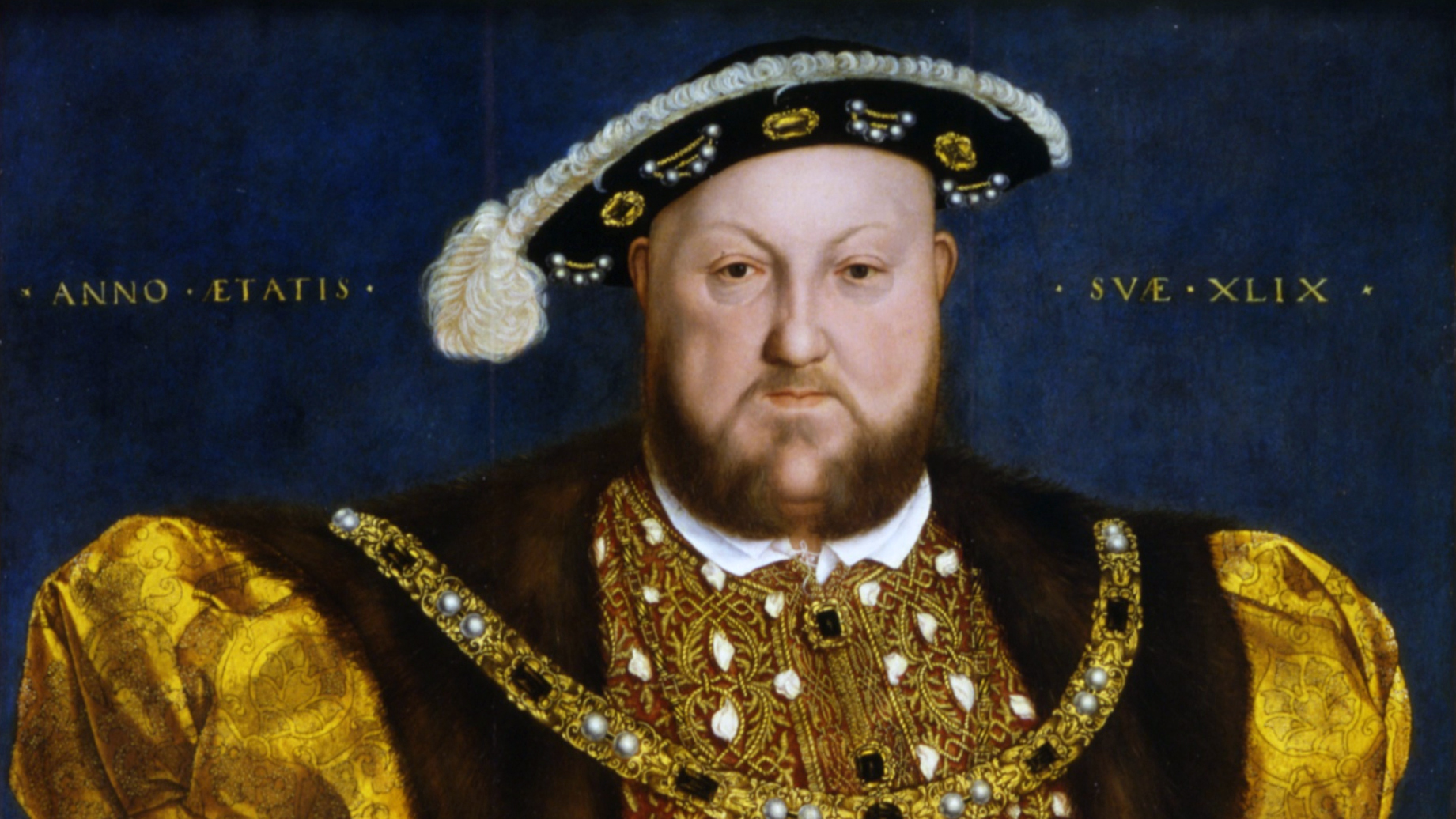
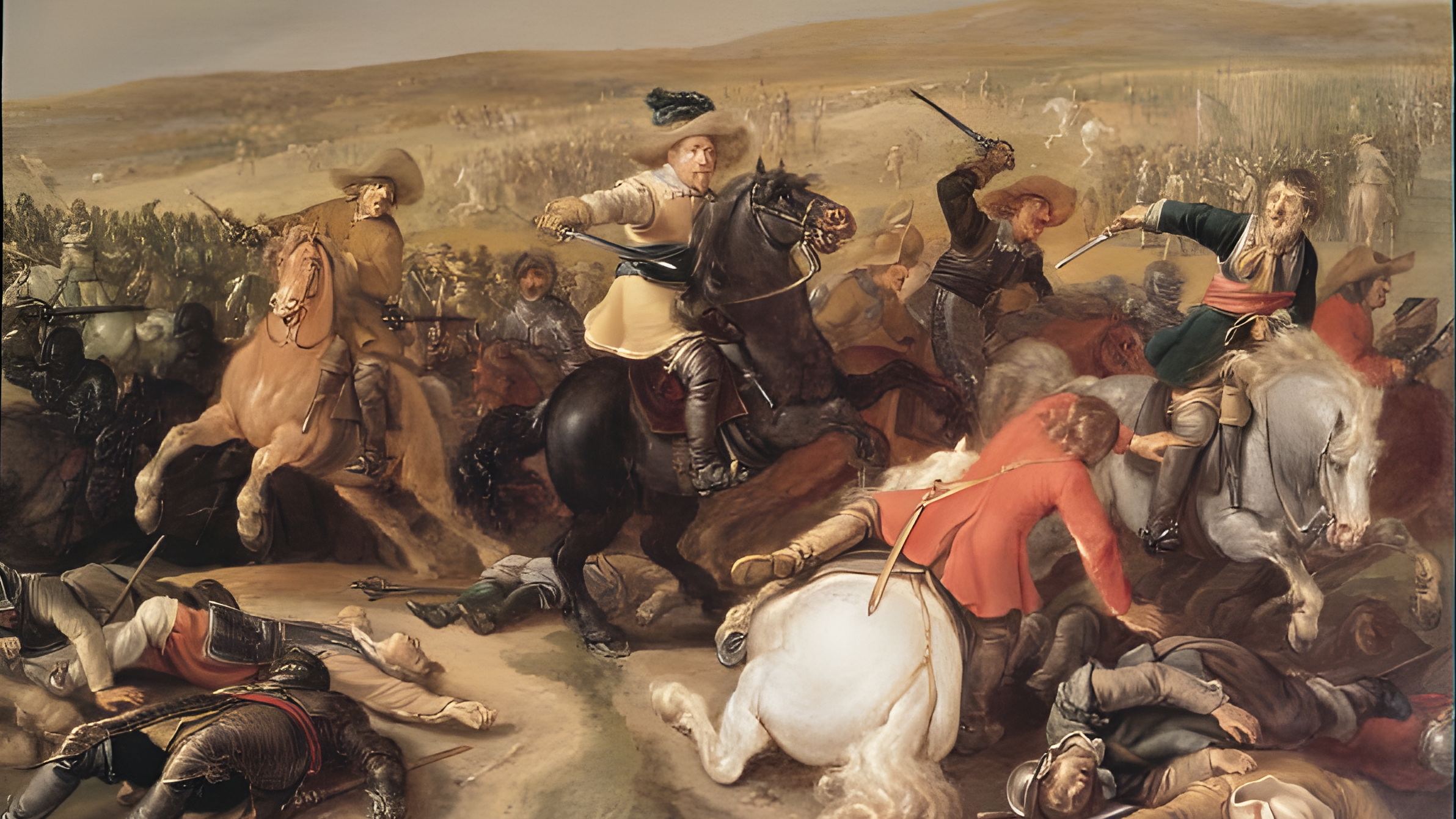
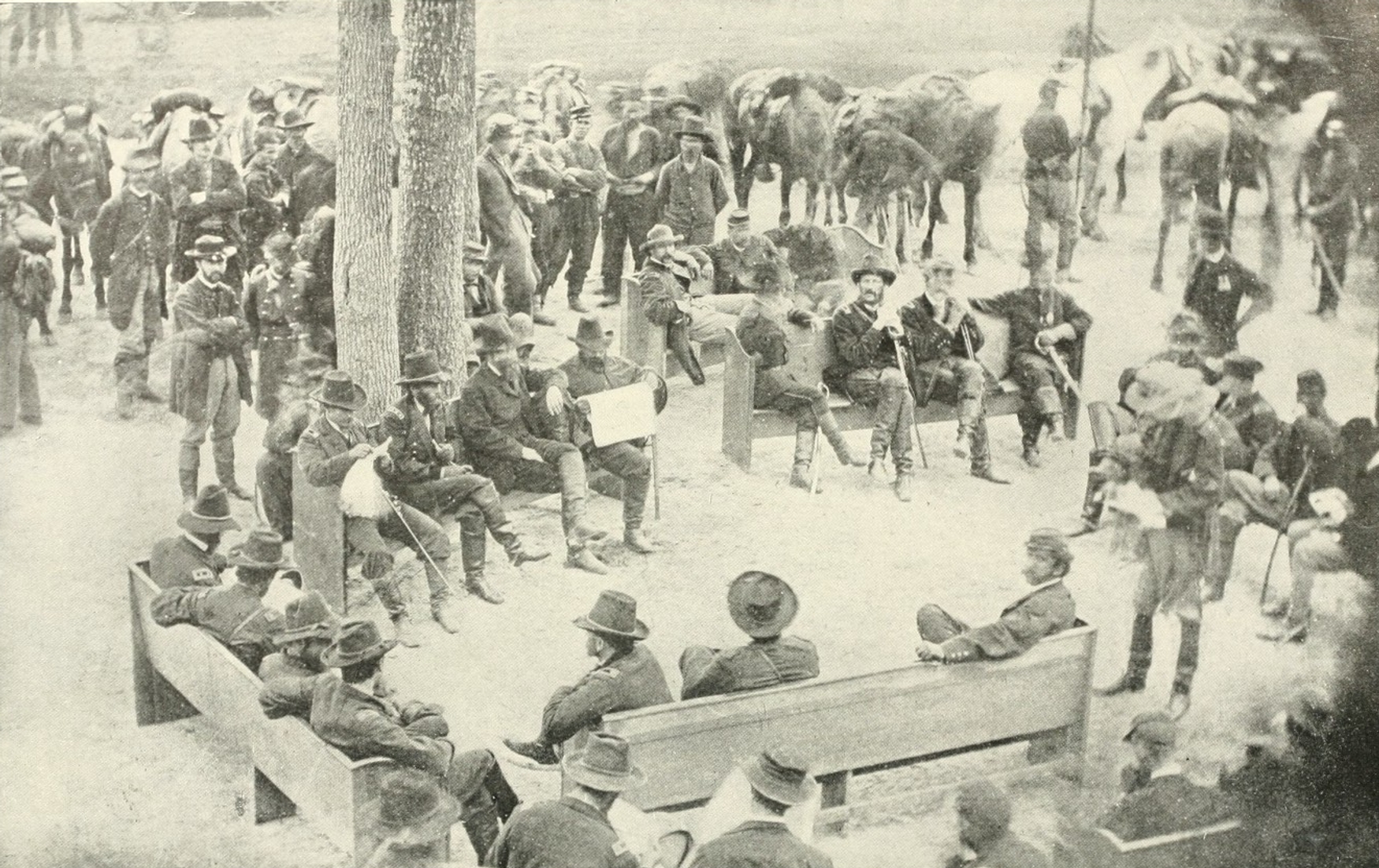
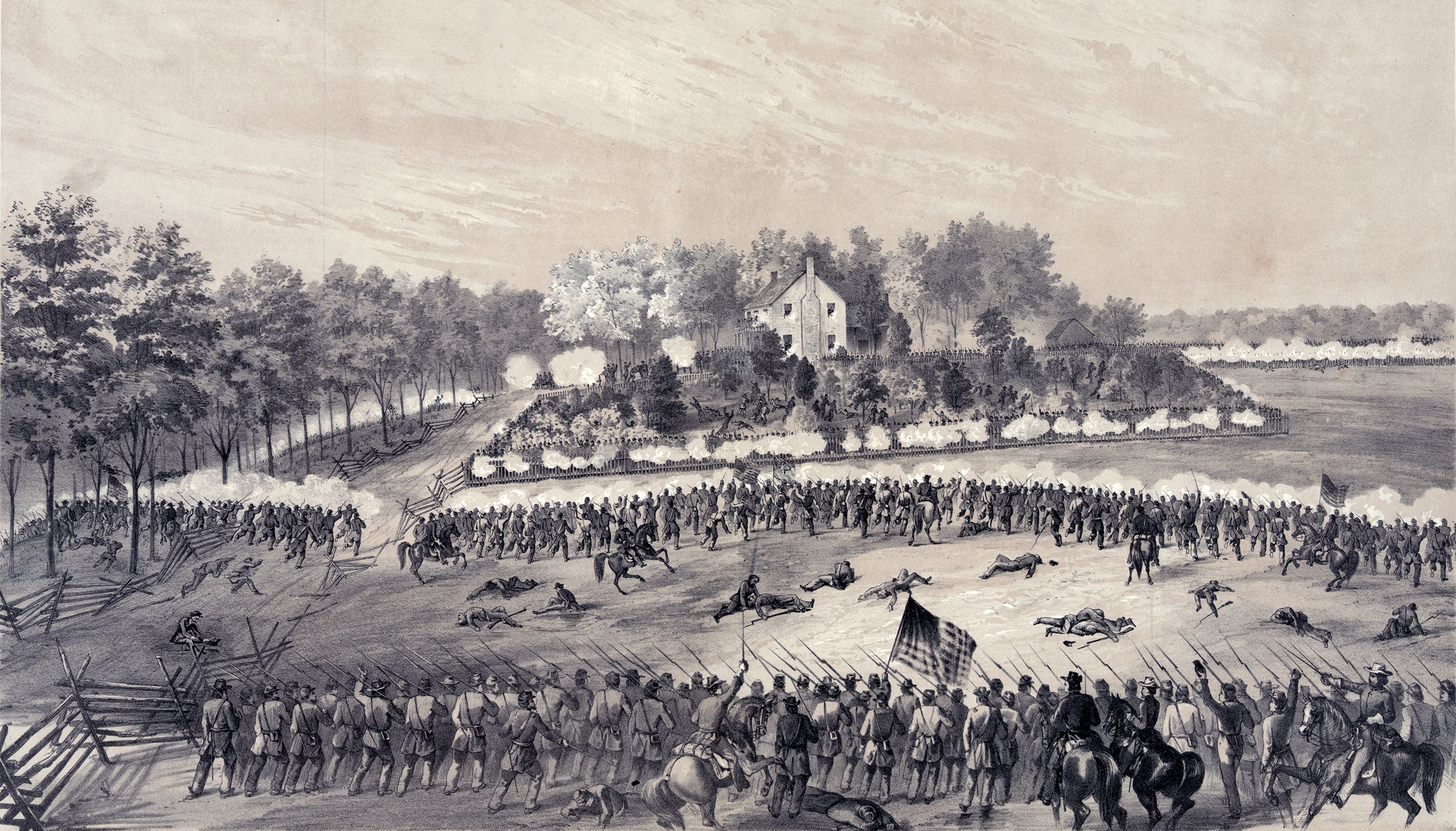
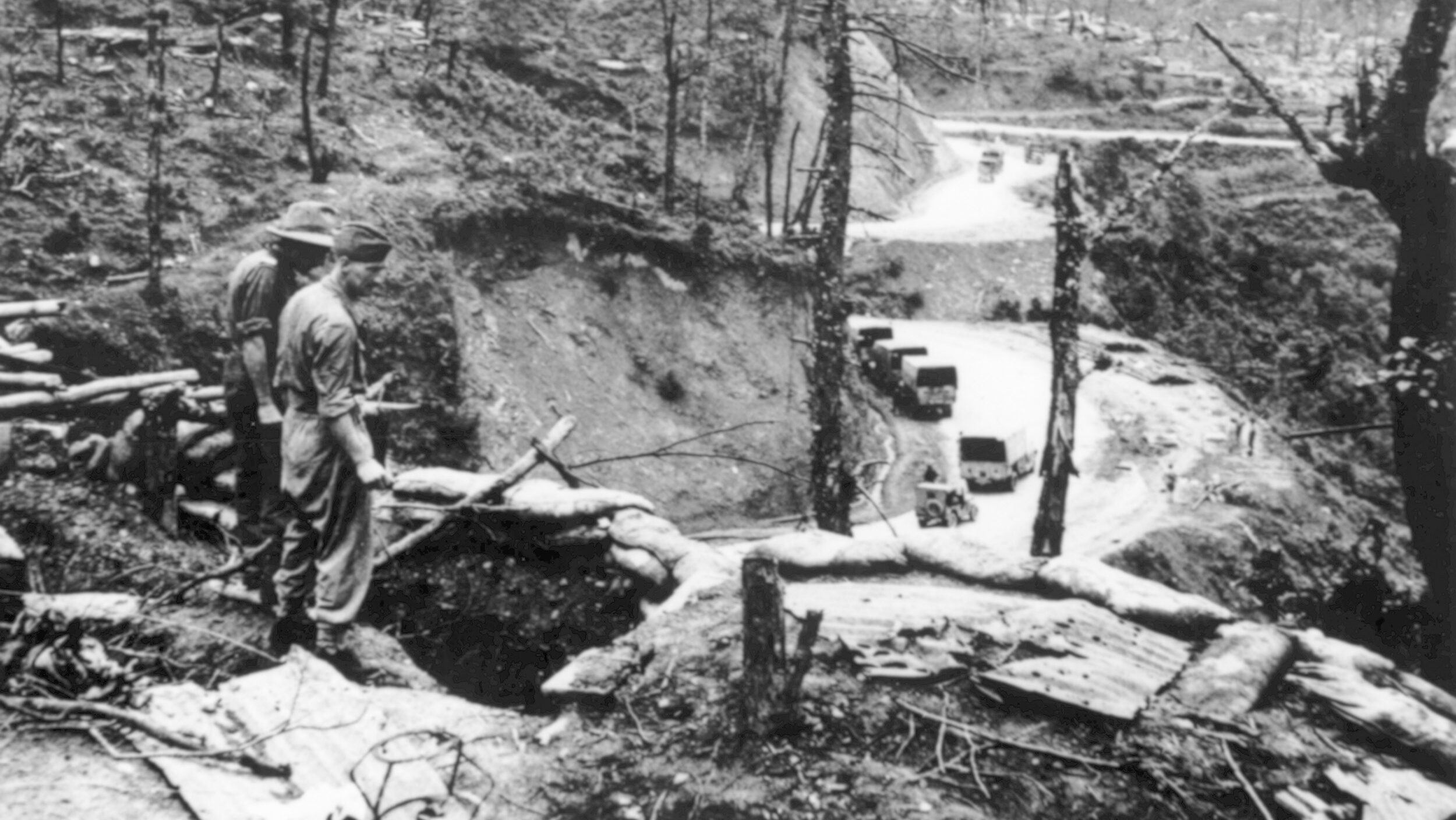
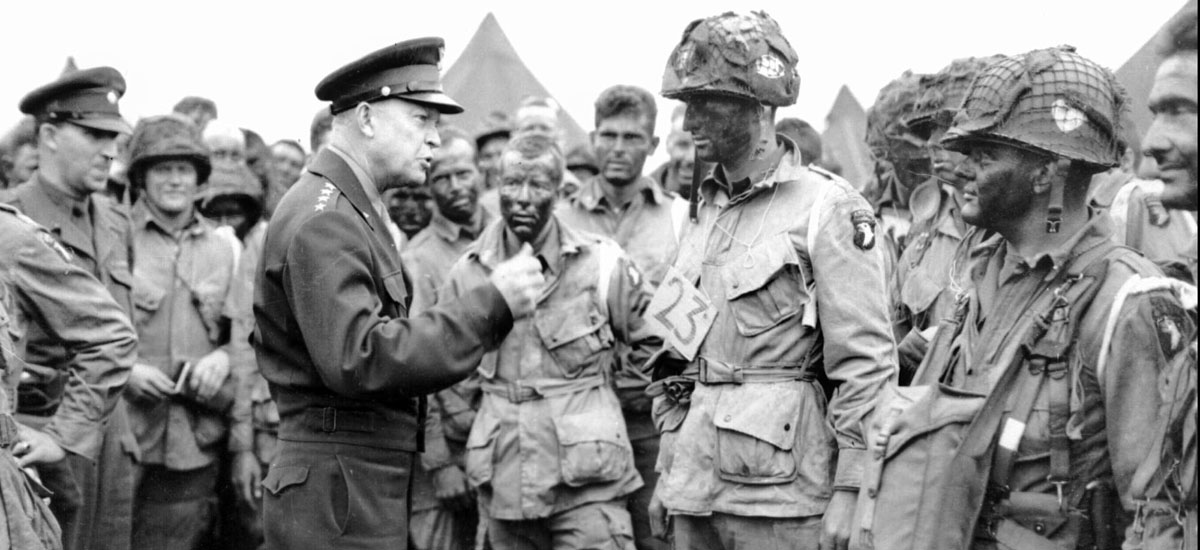
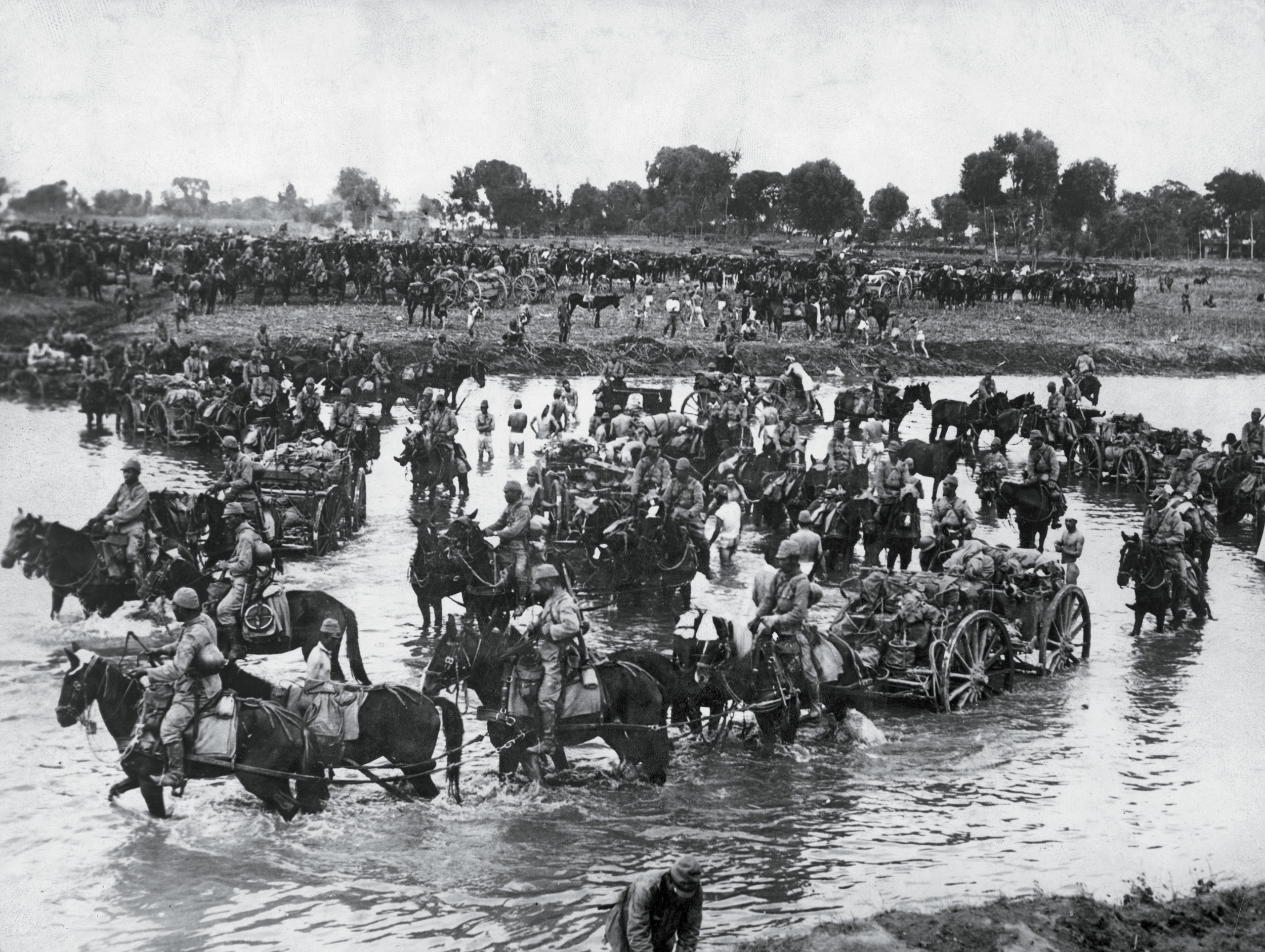
Join The Conversation
Comments
View All Comments